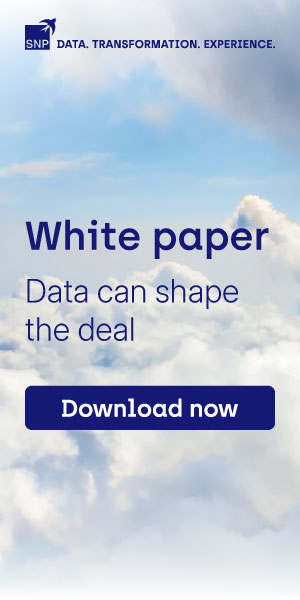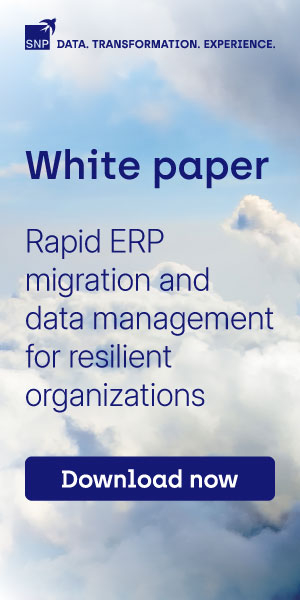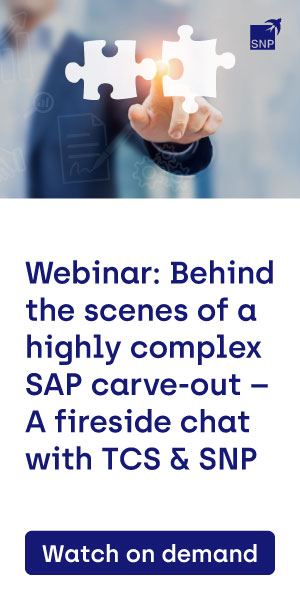Before moving to SAP S/4HANA, you should examine your data and transfer what you actually need. The BLUEFIELD approach makes this possible.
Effective data hygiene – even after the SAP S/4HANA migration
Although plausible at first glance, the statement “data hygiene comes after the migration” isn’t entirely true. Even before moving to SAP S/4HANA, you should critically examine your data and only transfer what you actually need. The BLUEFIELD approach for selective data migration makes this possible.
But you shouldn’t underestimate what it takes to manage your data effectively – especially after moving to SAP S/4HANA. Databases often grow more quickly than expected, and data hosting is more expensive for an in-memory database than a conventional one. A well-thought-out strategy is crucial to limit the size and avoid an early investment in database expansion.
Technical vs. application data: How to limit the data volume
There are two approaches to good data hygiene. The first is housekeeping, which addresses data that is no longer required. Secondly, it makes sense to archive data that is only occasionally required (via the SAP data archiving transaction SARA). Both processes offer a significant reduction in data volume. The specific procedure depends on the data type: The SAP Basis team is responsible for purely technical data such as log or table data, while other departments must have a say in which application data to store and for how long.
The first step is to conduct a thorough analysis of the as-is situation to see what data is in the database and how it is distributed. Experience shows that looking at the 100 largest tables is enough to define a successful strategy. After deciding on suitable cleansing and archiving activities, it’s important to schedule them at regular intervals. These are based on the data type too: While application data tends to be archived on a monthly, quarterly or yearly basis, it can make sense to archive technical (log) data on a weekly or even daily basis.
Determine the data retention requirements
Application data in particular needs to be stored in an audit-proof manner and deleted after certain retention periods have expired. A cloud storage solution that is connected via the right software using standardized interfaces (SAP ArchiveLink, SAP WebDAV) is well suited for this purpose. Storage in the cloud offers the necessary flexibility to provide only as much storage space as is actually needed for the archived data.
A retention period is assigned to the data and the related original documents, after which they can be deleted from the archive storage. The retention period is determined by regulatory requirements like the German GoBD for financial information and by data access requirements (e.g. for analysis purposes). Also, data protection regulations like the GDPR in Europe limit storage time, so data must be deleted as soon as it is no longer required for business and auditing purposes.
The key to success after moving to SAP S/4HANA is to implement an effective data management strategy, including suitable data cleansing and archiving activities. Efficient software solutions like CrystalBridge make this idea a reality, leveraging automation to ensure that repeated processes run cost-effectively. This way, you can take full advantage of the SAP functionality without worrying about storage capacity issues.
For more about decommissioning obsolete systems after the SAP S/4HANA migration, while storing relevant data securely and cost-effectively, this recent whitepaper, How to make your move to SAP S/4HANA a success covers the topic in greater detail.










